Lee Krasner: Part Three
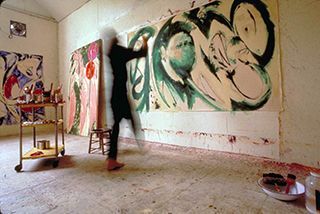
And now to look at some of the remarkable abstract paintings created by the even more remarkable Lee Krasner who said:
I am not to be trusted around my old work for any length of time!
In October 1951 Krasner had an exhibition at the Betty Parsons Gallery of 14 geometric abstractions she had created which although well received did not sell. Despondent she started on a series of black and white drawings which she tore up when she despised her new approach. From the tattered remains on the floor she finally saw the direction she wanted to take.
Krasner began creating a series of collages. We are going to look at a couple in more depth so that you can see in closer into the mind of this artist. The first one we we look at is Milkweed.

Krasner was a great fan of Matisse and when she became frustrated with her works she started using her shredded paintings as raw materials for a body of powerful, emotive collages, transforming the shreds of her "failed" paintings into a radical new direction in her oeuvre. 3
If you weren't aware - in the last years of his life Matisse used cut paper and gouache to create amazingly complex works of art.
Krasner's shredding of materials such as pieces of burlap, torn newspaper and heavy photographic paper as well as some of Jackson Pollock's discarded drawings, was not haphazard.
She torn, cut and slashed in such as way as to emphasise "edges"- which are 'alternatively jagged and frayed, sharp and keen.' 4
With Milkwood (above) she added dark green lines to unite the fragments with a circular rhythmic pattern that contrasts with the vertical movement of thin white canvas strips rising from below. 3
The next Krasner collage we will look at is Imperative (below) which has oil paint and charcoal added to the collage.

For Imperative, Krasner integrated cut up charcoal drawings with cut up painted canvases. The shapes are hard-edge and triangular. The pattern is positive/negative with white traiangular areas surrounded by dark charcoal drawings and painted canvas. 3
In her book 15 Women Who Made Art and made History, author Bridget Quinn writes of Lee Krasner:
"It strikes me that the collages are Krasner's most autobiographical works. What is not autobiography if it's not selecting chunks of the past and artfully reorienting them in the present? Each collage was a work...ripe with her joys and sorrows."
To conclude today we will look at a few of Krasner's abstract paintings though we will return at a later date I am sure to study her work in more detail.
Krasner created Prophecy in 1956 and it is unlike any of Krasner's other works.
The canvas is dominated by looping, fleshy forms, lined with black and with accents of pink that emphasise the bodily imagery. (Barbican Gallery Guide)

When Krasner painted Phrophecy life was very difficult for her and the image she created 'distrubed her enormously'. She was married to Jackson Pollock and his alcoholism was very acute. Krasner left the painting on the easel but when Pollock was killed in a car accident she returned to create three more paintings: Birth, Three in Two and Embrace. 5

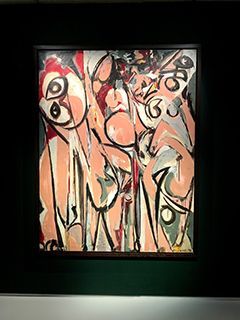
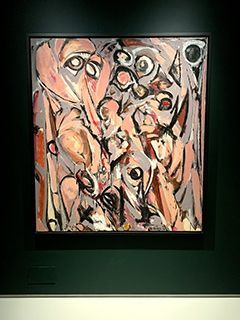
By the early 1960s Krasner had allowed colour to burst back into her painting. 5
We will conclude with two of her Primary Series.


And my favourite Lee Krasner painting Palingenesis created in 1971.
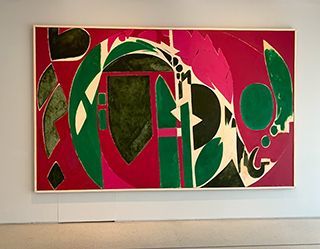
Postscript
Those of you who use our TagCloud might have noticed that some of our art blogs get tagged as: Inspiration, Challenged, Reflection and/or Unbridled.
Whilst the works and life of Lee Krasner ticks all the categories there is probably no artist that more closely represesnts the Unbridled classification.
Although highly disciplined as an artist who overcame many personal tragedies Lee Krasner refused to be defined by the critics or for that matter the potential buyers. She worked from the heart and mind, unconstained by the opinions beyond her studio and let her creativity dictate where her hands and her tools would go.
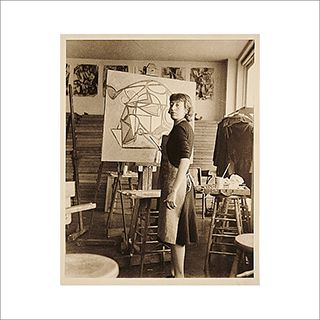
Credits
1. artshesays.com
2. artshesays.com
3. artofcollage.wordpress.com
4. The Guardian
5. The Barbican Gallery Guide
6. theridoureport.blogspot.com
